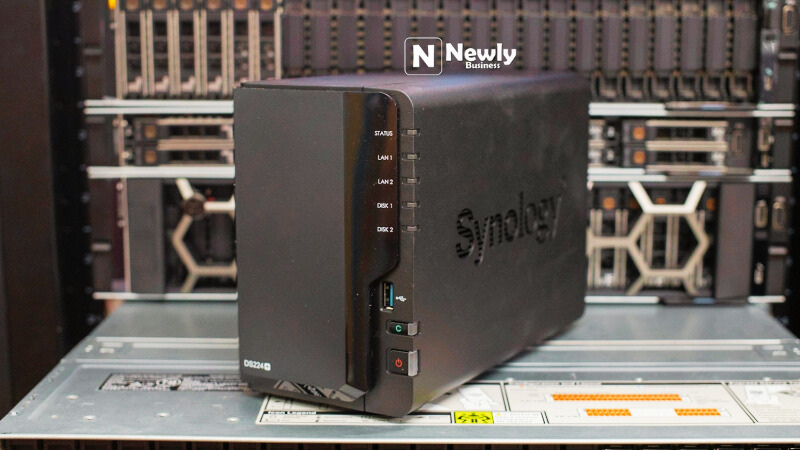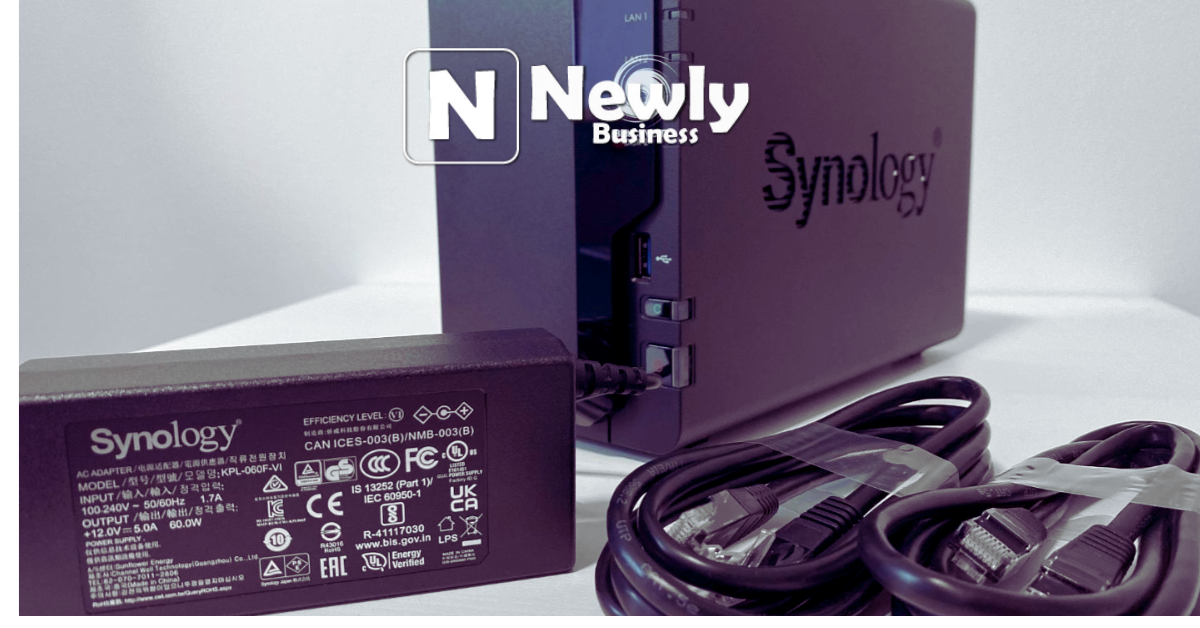Introduction
In today’s connected world, accessing your files remotely shouldn’t feel like solving a tech puzzle. That’s where Synology QuickConnect shines—it’s your personal bridge to your NAS (Network Attached Storage) from anywhere, without complicated setups. Whether you’re a home user wanting to check family photos while traveling or a business professional needing important documents on the go, QuickConnect makes it effortless.
What sets it apart? Unlike traditional methods that demand port forwarding or VPN configurations (which can be intimidating for many), QuickConnect works like magic. Just enable it, and your NAS becomes reachable through a simple, memorable link. No networking degree required!

How QuickConnect Works: The Smart Way to Stay Connected
At its core, QuickConnect creates a direct, secure path to your Synology NAS. Here’s the clever part: it doesn’t rely on you having a static IP or messing with router settings. Instead, it uses Synology’s relay servers when needed, ensuring you can always connect—whether you’re at home, in a café, or halfway across the world.
When you set up QuickConnect, your NAS gets a unique address (like yourname.quickconnect.to). This becomes your golden ticket. Type it into a browser or use Synology’s mobile apps, and you’re in. The system automatically picks the fastest connection method, so you don’t have to sweat the technical details.
Also read Initial Program Load (IPL): The Complete Guide to System Booting
Why You’ll Love Using Synology QuickConnect
1. No More Tech Headaches
Let’s face it: networking terms like “port forwarding” and “dynamic DNS” can make anyone’s head spin. QuickConnect cuts through the jargon. Turn it on, and you’re done. Need to access your files? Just log in with your QuickConnect ID—no extra steps. It’s perfect for those who want simplicity without sacrificing functionality.
Plus, it plays nicely with Synology’s apps. DS File for documents, DS Photo for memories, DS Video for your media collection—all accessible remotely with the same ease. Your data stays organized and within reach, wherever life takes you.
2. Security You Can Trust
“Easy” doesn’t mean “risky.” Synology QuickConnect uses end-to-end encryption (the same tech that protects online banking) to keep your data safe. Even if it routes through Synology’s servers temporarily, your files never stay there—they live solely on your NAS.
Want extra protection? Enable two-factor authentication (2FA). It adds another lock to your digital door, ensuring only you can access your files. For businesses or privacy-conscious users, this layered security is a game-changer.
Also read Prizmatem: Revolutionizing Light-Based Technologies Across Industries
Setting Up QuickConnect: A Walkthrough
Step 1: Activate QuickConnect in DSM
- Log into your Synology NAS via DiskStation Manager (DSM).
- Open Control Panel > QuickConnect.
- Check “Enable QuickConnect” and sign in with your Synology account (create one if needed).
- Choose a QuickConnect ID (e.g., yourname.quickconnect.to). Make it simple but unique—you’ll use this to access your NAS.
- Click Apply. That’s it! Your NAS is now remotely accessible.
Step 2: Access Your Files Anywhere
- On a phone/tablet? Use Synology’s DS file or DS photo apps. Enter your QuickConnect ID at login.
- On a friend’s laptop? Just type your Synology QuickConnect link into any browser.
- Need admin access? DSM works remotely too—manage your NAS as if you’re sitting right in front of it.
Pro Tip: For faster speeds, ensure UPnP is enabled on your router. QuickConnect will use direct connections when possible, minimizing lag.
Troubleshooting: Quick Fixes for Common Issues
1. “Can’t Connect to QuickConnect”
- Check your internet connection. Is the NAS online? Verify under Control Panel > Network.
- Restart your NAS and router. The classic fix that works more often than not.
- Firewall blocking access? Temporarily disable it to test. If Synology QuickConnect works afterward, adjust your firewall rules to allow Synology services.
2. “Why Is My Connection Slow?”
Synology QuickConnect prioritizes accessibility over speed when using relay servers. For better performance:
- Enable UPnP or manually forward ports (5000 for HTTP, 5001 for HTTPS).
- Use a VPN (like Synology’s VPN Server) for a faster, more stable tunnel to your NAS.
FAQs: Quick Answers to Your Questions
Q: Is QuickConnect really free?
A: Yes! Synology offers it as a free service. No subscriptions, no hidden fees.
Q: Do I need to open ports on my router?
A: Not necessarily. QuickConnect works without it, but opening ports can improve speed.
Q: Is QuickConnect safe for sensitive data?
A: Absolutely. With SSL/TLS encryption and optional 2FA, it’s as secure as major cloud services—but your data stays private on your NAS.
Q: Can I use QuickConnect on older Synology models?
A: Most models support it, but check Synology’s official site for compatibility. Very old NAS devices might lack full features.
Final Thoughts
Synology QuickConnect is that rare tech gem: powerful yet simple. It tears down the barriers of remote access, letting you focus on what matters—your files, your way. Whether you’re a casual user or a small business, it’s a tool that grows with your needs.
So, if you’ve been putting off remote access because it seemed too complex, give Synology QuickConnect a try. Turn it on, take it for a spin, and enjoy the freedom of seamless connectivity. Your future self (stuck at an airport with time to kill) will thank you!




